Research Article
Brackish Water Desalination is the Merely Potable Water Potential in the Gaza Strip: Prospective and Limitations
Institute of Water and Environment, Al-Azhar University, P.O. Box 1277, Gaza, Gaza Strip, Palstine
Husam Al-Najar
The Islamic University of Gaza, P.O. Box 108, Al-Rimal, Gaza Strip, Palestine










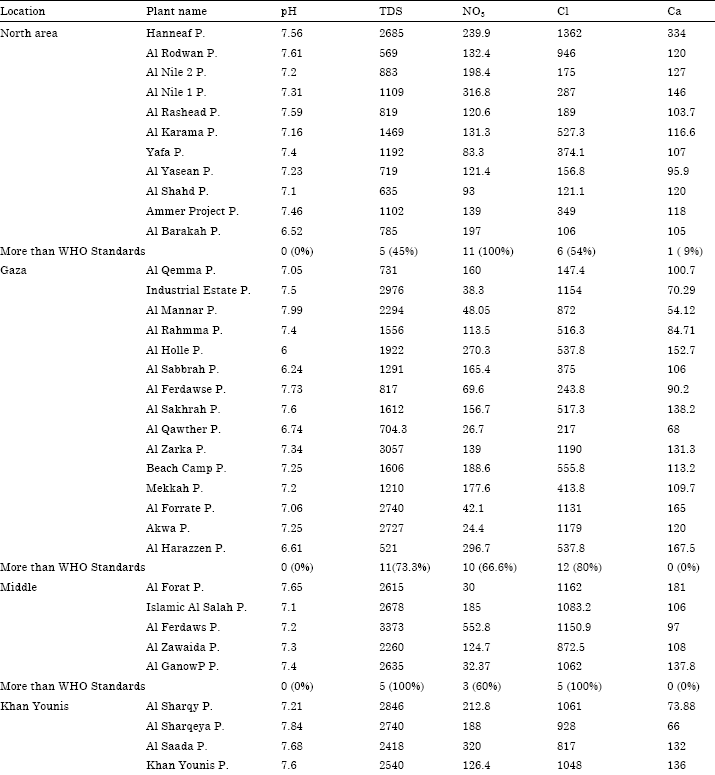

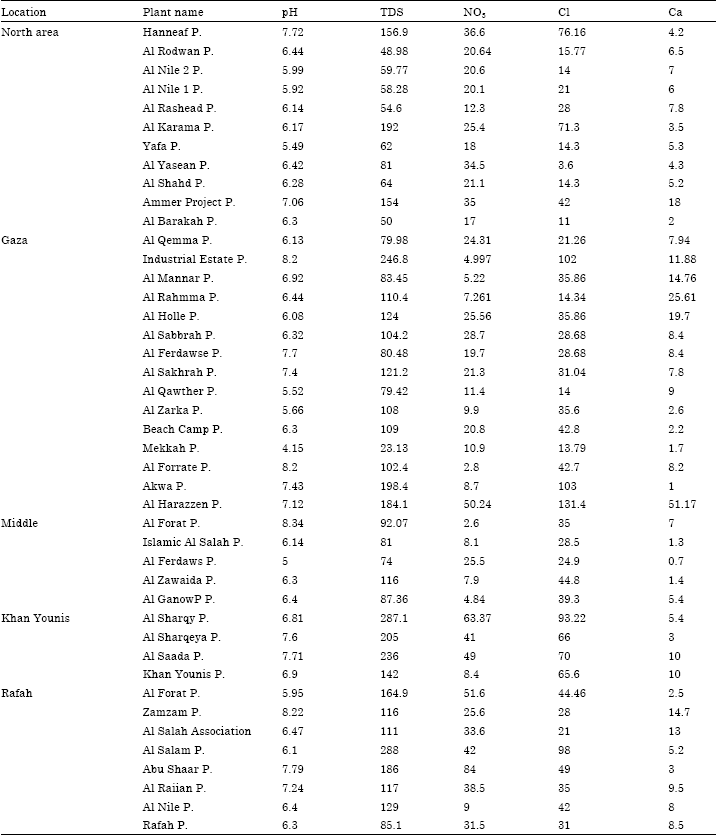
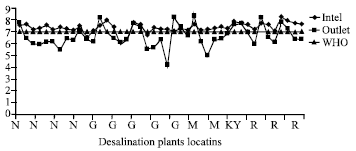
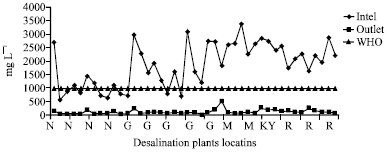

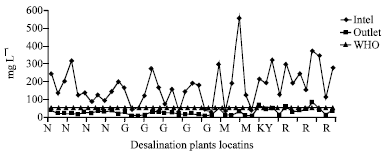
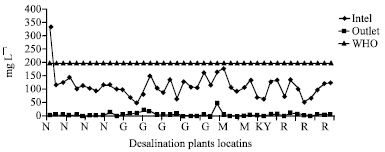

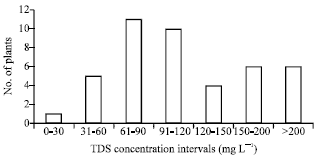
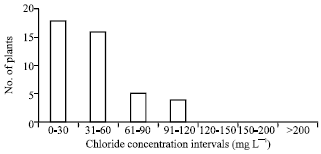
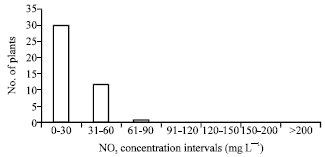
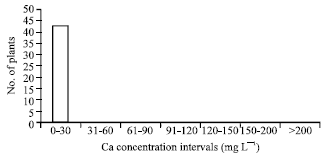
Farid Hani Reply
The research shows the importance of following up desalination plants. This problem is common in the third word countries, people like to have good taste water, but not good quality.
It is one of the most leading research in such neglected issues
Ahmed H. Hilles
Thanks a lot Mr. Farid, Greetings